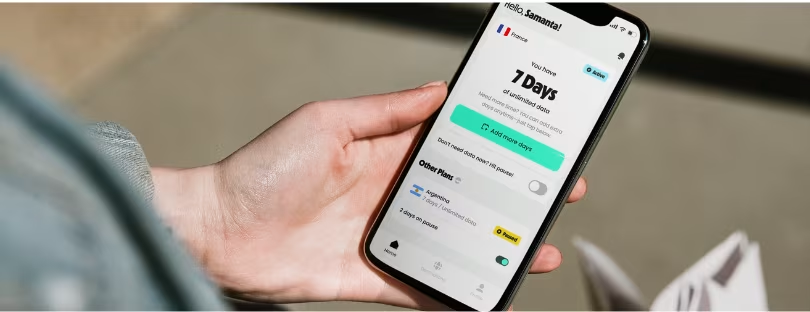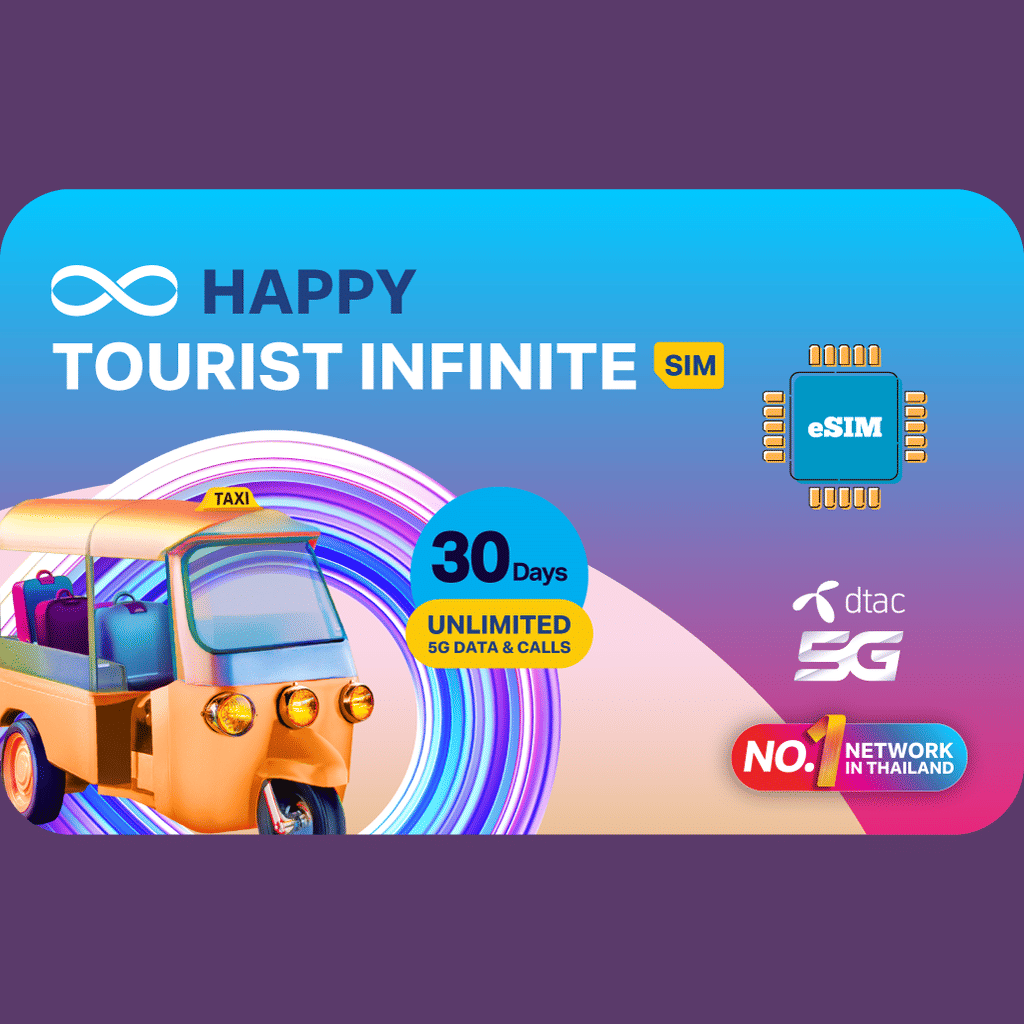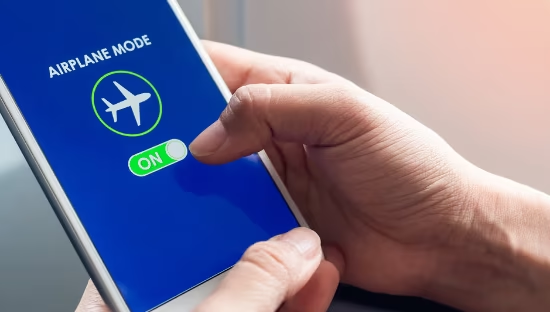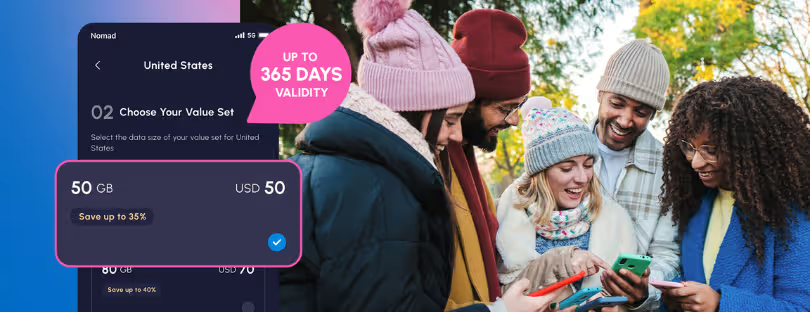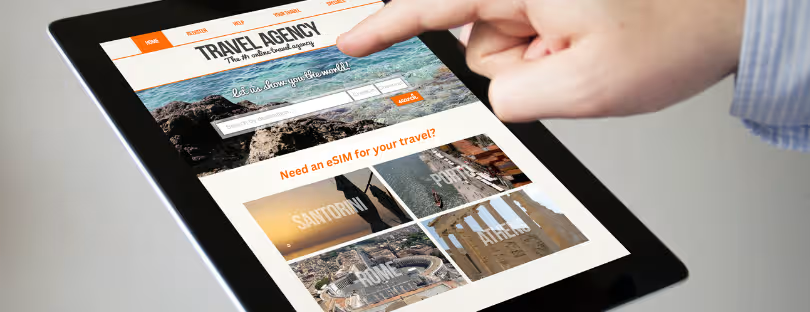
How to Spot a Fake “Unlimited Data” eSIM (and What Real Unlimited Looks Like)
You’re planning your next trip, hunting for the best eSIM deal — and then you spot it:
“Unlimited Data. Just €6.”
Sounds perfect, right? Stream Netflix from your Airbnb, upload your travel reels, and join that work Zoom call from a café in Lisbon — all without worrying about data limits.
Not so fast.
Because in the world of eSIMs, “unlimited” almost never means unlimited. Some of these offers are simply misleading — and a few are flat-out scams.
Here’s how to separate the real deals from the fake “unlimited data” traps before they burn through your budget and your patience.
1. What “Unlimited” Really Means in Telecom
Let’s start with some honesty: in the mobile world, unlimited has rarely meant limitless. It’s marketing shorthand for “we’ll give you a lot of data before slowing you down.”
Most so-called “unlimited data eSIMs” come with a Fair Usage Policy (FUP) — a polite way of saying there’s a cap.
Here’s the usual pattern:
- You get 3GB, 5GB, or 10GB of high-speed data.
- After that, your speed drops dramatically — sometimes to 128kbps (just enough for emails, but forget about YouTube).
- In extreme cases, your connection may stop entirely until the next billing cycle.
That’s fine when it’s transparent. Many reputable eSIM providers clearly say: “Unlimited data — first 5GB at 4G/LTE, then throttled.”
At least you know what you’re paying for.
But some sellers don’t play fair. They flash “UNLIMITED” in huge letters, hide the real terms in tiny fine print, or omit them altogether.
2. The Red Flags of a Fake “Unlimited” eSIM
If you see any of these, it’s time to pause before clicking “Buy Now.”
No Fair Usage Policy Mentioned
Every legitimate telecom service includes an FUP. If you can’t find one after scrolling, tapping, or expanding dropdowns, that’s a warning sign.
Prices That Make No Sense
Data costs money — even for operators. So when you see a €5 or €6 “unlimited worldwide” eSIM, it’s not a deal, it’s deception. Either it’s throttled from the start, or it’s a temporary SIM that’ll stop working after a few days.
Vague Coverage Information
Reliable providers specify their coverage: “Works in 35 countries,” or “Connects via Orange, Vodafone, AT&T.”
Fake ones just say “worldwide” or “works everywhere.” If it’s that vague, assume it’s not.
No Company Details or Support
If you can’t find a company name, physical address, or even a basic support email, move on.
A website that’s only a landing page with a big “Buy Now” button is a major red flag.
3. Common “Unlimited” Tricks
The patterns repeat again and again — here are the most common ones travelers run into:
The Soft Cap Surprise
You’re happily streaming, then suddenly your connection slows to a crawl after 3GB. When you complain, support says, “It’s unlimited — but only 3GB at high speed.”
The Hotspot Ban
Some “unlimited” plans ban tethering altogether. Try to share your data, and boom — you’re disconnected or throttled.
The Expiration Trap
“Unlimited for 30 days” might actually mean 1GB per day, throttled afterward. The total isn’t unlimited — just the daily cycle.
The Network Swap
Some shady sellers buy cheap local prepaid SIMs, turn them into eSIM profiles, and resell them as “global unlimited” plans. These weren’t meant for roaming, so carriers often cut them off within days.
4. How to Test If an eSIM Is Really Unlimited
Here’s how to verify an eSIM before you buy:
Search the Company Name + “Reviews”
Check Trustpilot, Reddit, and travel forums. No trace? That’s suspicious.
All real eSIM brands leave digital footprints.
Find the Fair Usage Policy in Writing
Look for details on speed throttling or data limits. If you can’t find it, email them and ask:
“How much high-speed data do I get before throttling?”
A transparent provider will answer directly.
Check Their Network Partners
Legit eSIM providers proudly display their network connections — like Orange, AT&T, T-Mobile, or Vodafone. If that info is missing, it’s not a good sign.
Ask About Hotspot Use
Even if you don’t plan to tether, asking can reveal hidden restrictions.
5. Why Fake Unlimited eSIMs Exist
In one word: marketing.
“Unlimited” sells. It’s the kind of magic word that makes buyers skip the fine print. Sellers know it — and exploit it.
Many of these offers target travelers who won’t notice throttling because they use minimal data. But for digital nomads, streamers, and remote workers, the deception becomes painfully obvious within days.
According to GSMA Intelligence, over 70% of global mobile plans advertised as “unlimited” actually include a soft data cap or throttling clause. The problem isn’t that limits exist — it’s that they’re often hidden.
6. What to Choose Instead
Here’s what to look for instead of “unlimited” traps:
- Transparent Data Plans: Clear numbers, like “10GB at 4G, then 512kbps.”
- Top-Up Options: Ability to add data without reinstalling a new eSIM.
- Multi-Country Packages: Ideal for regional or long-term trips — one eSIM, multiple destinations.
- Reputable Providers: Trusted names like Airalo, Nomad, or Holafly disclose terms clearly and offer reliable support.
You’ll pay slightly more upfront, but you’ll actually get what you expect — and you won’t lose connectivity halfway through your trip.
7. The Bottom Line
When it comes to eSIMs, “unlimited” is often a marketing illusion. The real value lies in clarity and honesty, not exaggerated promises.
If an eSIM deal looks too good to be true, it probably is. Be the traveler who reads the fine print, asks questions, and values transparency over hype.
The good news? Once you know what to look for, spotting fake unlimited offers becomes second nature.
The real unlimited is knowing exactly what you’re getting — and staying connected without unpleasant surprises.
Quick Checklist: How to Spot a Fake “Unlimited” eSIM
No Fair Usage Policy
Unrealistically cheap price
Vague coverage or network info
No company name or contact details
Reviews are missing or fake-looking
Hidden hotspot or daily caps
💬 Pro tip: “Unlimited” doesn’t mean infinite — it means until your speed slows to a crawl. Always read the fine print before you travel.






